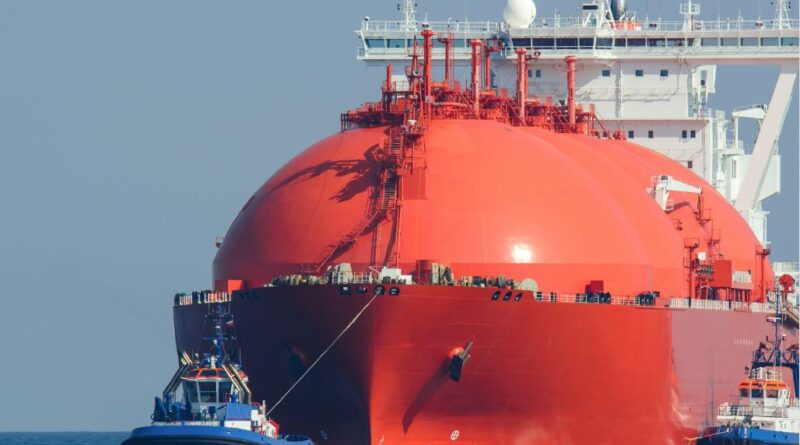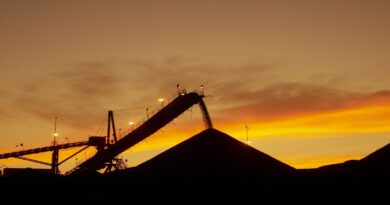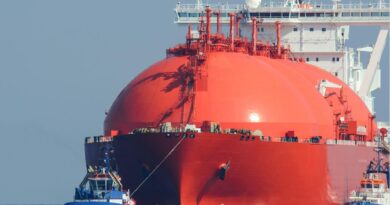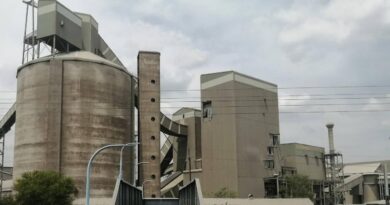Gas Bubble: Global LNG infrastructure in crisis
In the past year, the fossil gas industry worldwide has more than doubled the amount of liquefied natural gas (LNG) terminal capacity under construction, a strategy driven by the U.S. and Canada as they seek to create new markets for LNG supplied from North America by tanker ship.
This boom in construction threatens to lock in massive amounts of greenhouse gas (GHG) emissions and negate any chance of limiting global warming to the 1.5°C tipping point identified by the Intergovernmental Panel on Climate Change (IPCC).
Yet even measured against the balance sheets of their own financial and political backers, the future of many of these projects is tenuous due to low gas prices caused by global oversupply, now compounded by the COVID-19 pandemic.
Meanwhile, growing concern about the role of methane emissions in climate change is threatening the industry’s social license to promote and build fossil fuel projects.
In the past year the amount of LNG terminal capacity under construction worldwide has more than doubled, with total capital expenditure rising from $82.8 billion to $196.1 billion.
The collapse in global oil and gas demand and pandemic-related worksite restrictions have forced many companies to declare force majeure delays and reschedule final investment decisions (FIDs).
As of late June 2020, at least 11 major projects have reported significant new difficulties, typically citing combinations of pandemic disruption, low prices, and organized opposition.
For projects in earlier stages of development and not yet committed to construction, there has been a widespread pullback, including the quiet abandonment of a large number of projects. Overall, the failure rate for proposed LNG export terminal projects for the period 2014–2020 is 61%.
The social license of LNG has come under growing challenge as studies have debunked the portrayal of fossil gas as an environmentally benign “bridge fuel” to a low-carbon future. In 2016 the authors of the IPCC’s 2014 assessment concluded that methane’s impact on global warming is about 25% higher than previously estimated. Fugitive emissions from gas fields and other points in the gas supply chains further undermine the case for gas.
Protests against LNG projects are becoming increasingly sophisticated and effective. In Canada, a protest and rail shutdown begun by the Wet’suwet’en tribe in British Columbia launched a nationwide movement of students, environmentalists, and other Indigenous groups that led to the cancellation of an LNG terminal in Quebec.
As competition from renewables intensifies for power sector applications of fossil gas, the longer term outlook for LNG infrastructure continues to worsen. Hundreds of billions of dollars in sunken investments for LNG infrastructure face the risk of becoming underutilized or stranded assets long before their useful life of 30–40 years.
Due to the consequences of further locking in fossil combustion rather than transitioning to renewable power, switching from coal to gas does not appear to offer a useful strategy to achieve rapid cuts in greenhouse gas emissions to achieve carbon neutrality.
Lifecycle emissions for power from LNG—including recent estimates of methane leakage throughout the system—are from 29% lower to 16% higher than coal-fired power.
Global Energy Monitor is a network of researchers developing collaborative informational resources on fossil fuels and alternatives.




